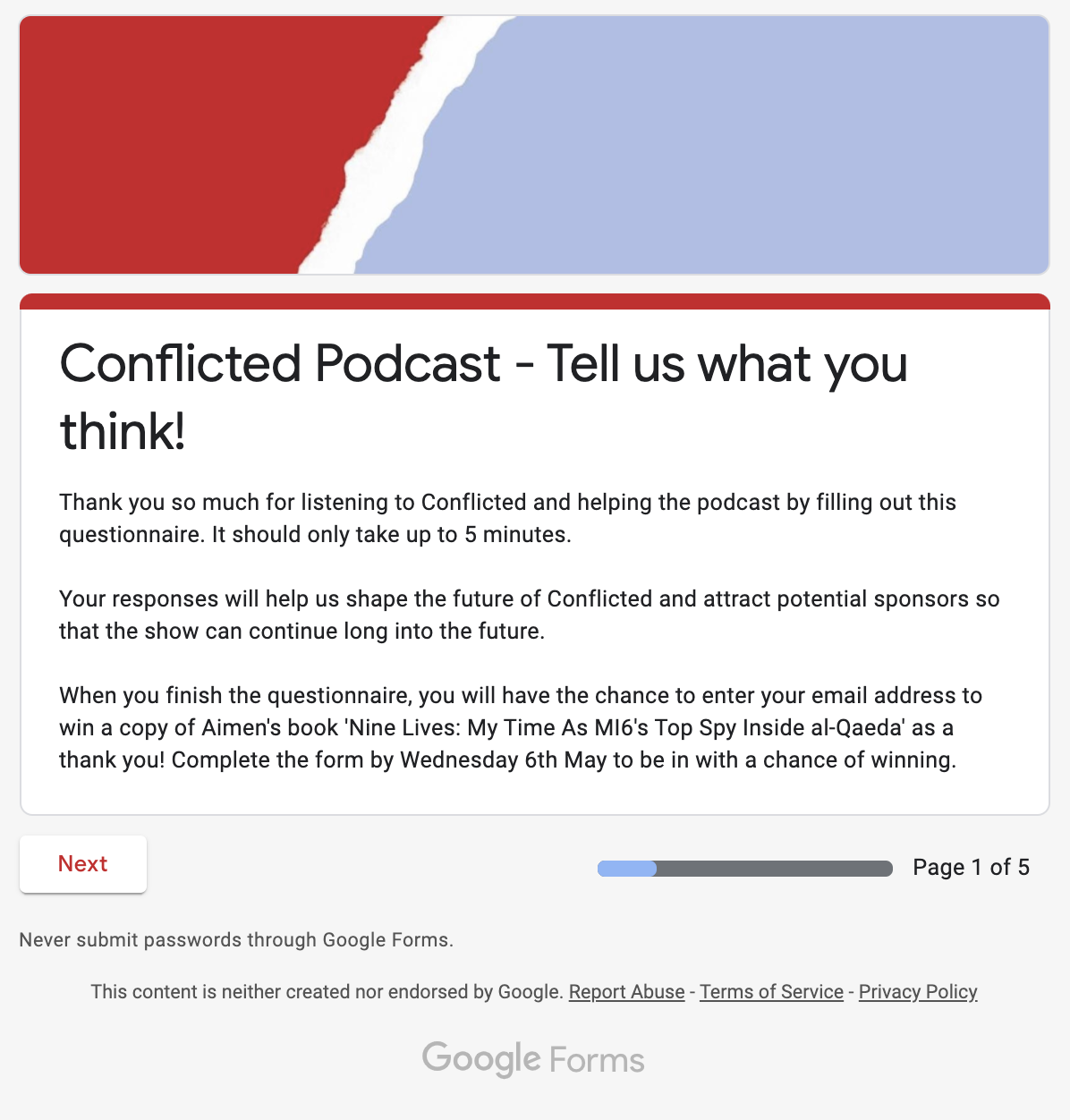When it comes to podcast marketing, do you feel like you’ve tried everything, or that you don’t even know where to start?
Frustrated your podcast isn’t getting the audience it deserves? Confused as to why your downloads plateaued? We know the feeling… we know all the feelings.
We have been creating and releasing our podcast Conflicted since February 2019. It’s taught us first-hand how hard building a podcast audience is — it’s not enough to make great content (if we say so ourselves) and throw it into an RSS feed.
But, after two seasons, we’re feeling positive about the progress Conflicted has made:
We’ve received coverage in The Guardian, The Telegraph and The Times.
99.6% of listeners say they would recommend it to a friend, family member or colleague.
For Season 2, average listenership over the first 7 days has grown 62% compared to Season 1 for the same time period.
We’ve grown an engaged listener community — 96.3% of the members of our Facebook Group have actively posted, shared or reacted.
And the cherry on top: we were nominated for an ARIAS (the Audio Oscars) for Best Independent Podcast alongside some of the world’s biggest podcasts.
We know there is still work to do, but at this juncture we wanted to share a whistle stop tour of what we’ve learned over the past two years of distributing and marketing our flagship podcast.
Our growth: Season One compared to Season Two.
Plan, Plan, Plan
For every podcast we make — either under our Originals umbrella or for our clients — we preach the gospel of strategy.
Thinking critically about who your podcast is targeted at and how you plan to reach them is vital, as is adapting that plan as you release your podcast and learn more about your audience.
We have tried different tools for planning, including Trello and Monday.com, but for Season 2, it was a good old fashioned word doc which really helped capture our strategy as well as the tactics we’d use.
How we map out our thinking.
We also recommend creating a master copy document to create consistency and make sure you tailor your messaging to each channel, including your podcast’s metadata. This metadata includes your podcast title, podcast description, episode titles, show notes and other data like tags you input when you upload episodes to you podcast hosting platform. Using a master document helped us keep our language consistent but also acted as checklist prompting us to input all the data correctly each episode.
Marketing Needs To Be Baked into Production
Before you even press record, you need to have a production and marketing strategy in place – especially if the people producing and promoting the show are in separate teams.
Why? There are so many marketing considerations which overlap with the way your show sounds and what you capture during recording:
Audience Development - Who is this podcast targeted at? Who are you actually speaking to when you step behind the mic?
Audio Branding - Theme tunes, music beds, jingles, archival tape. What audio-materials will you use to create your distinctive sound?
Visual Branding - How will the look of the show capture the podcast’s tone and attract your target audience? A consistent visual identity across all brand touch points will professionalise your brand and attract new listeners.
Tone of Voice - Again, your show’s voice needs to be consistent across all touch points. The language of the show and language used in marketing need to complement, not quarrel.
Call to Actions - How do you plan on engaging your audience? Are these CTA’s scripted? Will they cut through?
Social Media Assets - Are you capturing the assets you need to promote the show during production ?
Trailers and Teasers - What are you sharing? And when are you sharing it? Do you need extra voice overs for your trailers? How are you building excitement?
Guest Engagement - How will you work with the guests on your show to maximise your combined reach?
Press Assets and Reels - What sizzlers do you need to sell your show to the press?
Cover The Basics
Making sure you are covering the basics is key before you start exploring marketing approaches tailored to your show.
As a company, we are now at a place where we have a best practice approach for all the shows we produce and release.
How to build your own best practice? When something works - write it down. Build a checklist as you learn. And execute that checklist. Every. Single. Time.
Doing core promotional activities for each episode also helps you spell out what actually works, as you can compare and see how things like content, topic and guests affect downloads or engagement. It’s about tracking the individual items AND the combinations of items to create a clear picture of what actually works.
Engage Your Audience
Tailoring your engagement strategy to your audience means finding the right channels for your podcast.
For the launch of Conflicted Season 2, we have focused on building a Facebook Group and running weekly giveaways. We’ve also started to see the benefit of having distinct social channels for each show, especially on Twitter, we’re people can tag, share and recommend the show to others.
An example of listeners engaging with the hosts via our Facebook group.
These were invaluable step for us in creating a dialogue with our listeners — but for your show the best channels and tactics may be different. Think about who your audience is, what engagement you want from them, and how to reward those who interact, share and feedback.
Test, Iterate, Improve
There is no silver bullet. There isn’t one scalable, repeatable thing that will get you a committed audience of millions overnight.
We do believe however, that there is a cocktail of things that will get you there one day. Working out that magic marketing mix involves testing, iterating and improving.
That is why we conduct thorough retrospectives after each season of the show. This entails:
Reviewing the Data – Dig into your analytics. Examine your growth, listenership trends and demographic data. Don’t just focus on the numbers —make sure to factor in any qualitative insights from Apple podcast reviews, emails and tweets, too.
Collecting Audience Feedback – We did our first audience survey for the end of Season 2. This has become an incredible resource for data about what our audiences enjoys and what they want to change. You can see our survey here, and Bello Collective also have a great resource on making an audience survey.
Doing a Team Review - We asked: what we do well, what went wrong, and what we could improve when it comes to marketing, production and monetisation of the show. Out of this process we have an actionable list of improvements to take forward.
Some of the results from our Audience Survey.
What isYour Unique Opportunity?
Every podcast needs to play to its strengths, as well as the resources you have at your disposal.
In this example, Conflicted is a discussion show so it made sense to focus on platforms that allow listeners to engage more deeply and run giveaways that provide ‘further reading’. It’s also personality-led, so we wanted our content and coverage to profile our hosts and allow their personalities to shine.
Ask yourself what unique opportunities your podcast has — is it the profile of your guests, your social media reach, your connection with listeners? These are the building blocks you need to grow your show.
If you want help developing a podcast marketing strategy that plays to the strengths of your brand and speaks directly to your target audiences — get in touch.
Click here to contact us about our services!






